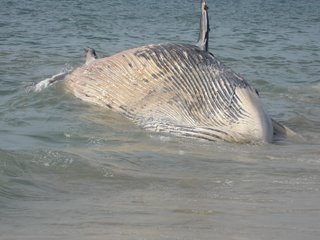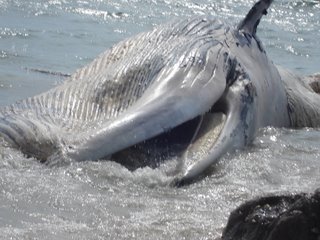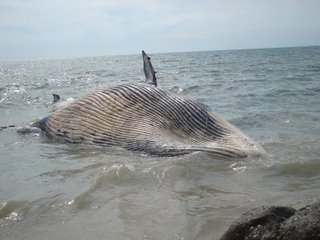 Murudeshwar beach, a favorite tourist spot in South India, is situated in between Bhatkal and Honnavar.
Murudeshwar beach, a favorite tourist spot in South India, is situated in between Bhatkal and Honnavar.
Things to do and see in Murudeshwar
The cool breeze on Murudeshawr beach can be best enjoyed either early in the morning or late afternoon. Peace-lovers can spend their evening, watching kingfishers and seagulls diving for crabs and other creatures between the rocks. The beach also attracts visitors for the adventure of parasailing. Enthusiast can easily finds locals on the sea-beach, offering the colorful parachutes. For boat-rides, visitors can seek help of the local fishermen, who will take riders around the Kandukagiri hillock to the other section of the beach.



Bounded by the shimmering sea and rolling hills, this place is a favourite tourist spot. It is known for the gorgeous temple perched on a hillock by the shore. The temple which embodies a Linga is believed to have erupted when Ravana flung the cloth covering the Atmalinga at Gokarna while lifting it. As one ascends the hillock, there is a shrine of Jattiga seated on a horse. There is a huge fort behind the temple, said to have been renovated by Tipu. The place can be visited all the year round. Murdeshwara is 386 kms from Bangalore/ 151 kms from Karwar. It can be approached by road and rail from Bangalore and by road from Karwar.


Murudeshwar Beach

ಮೋರ್: Murudeshwar ಬೀಚ್





